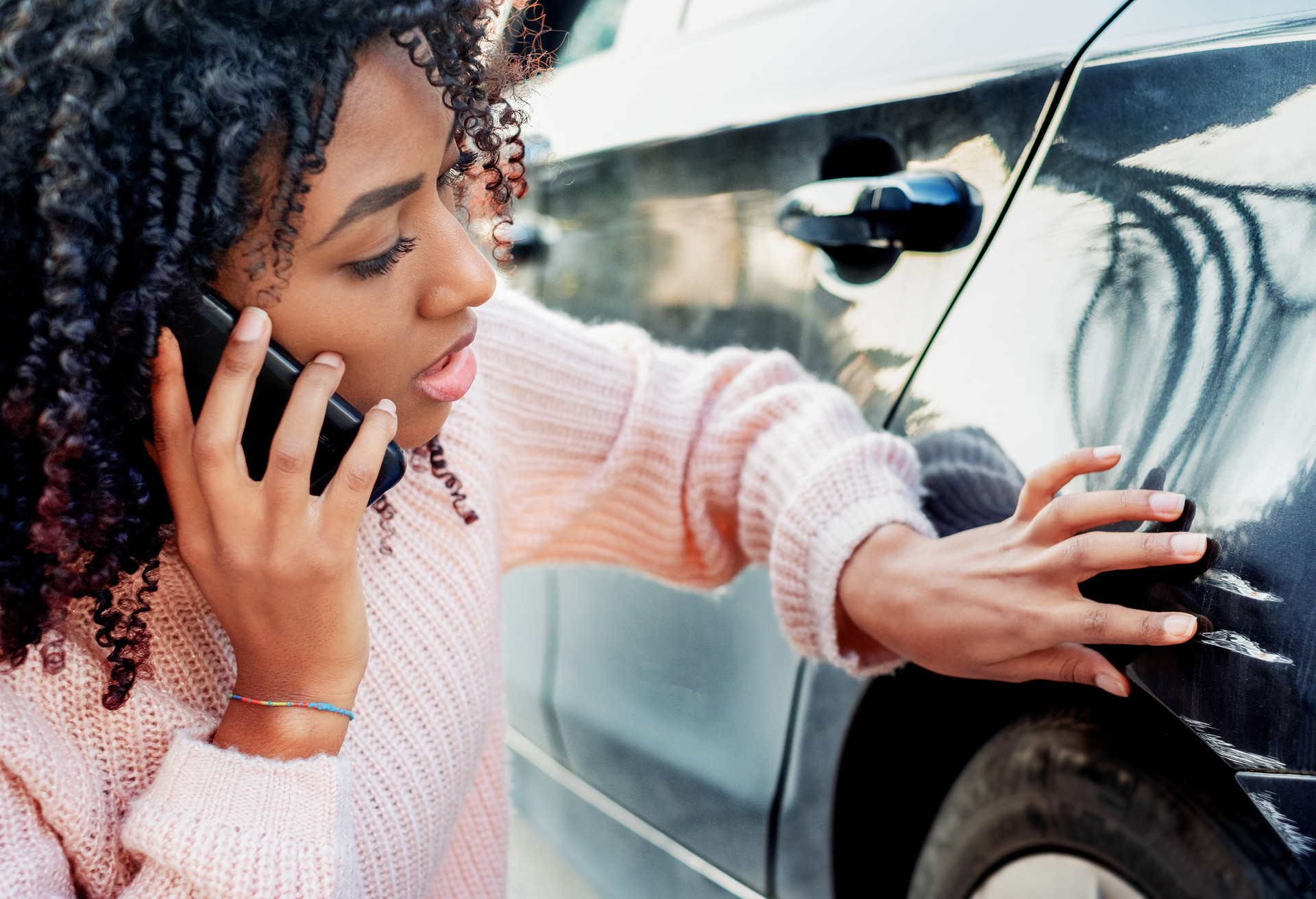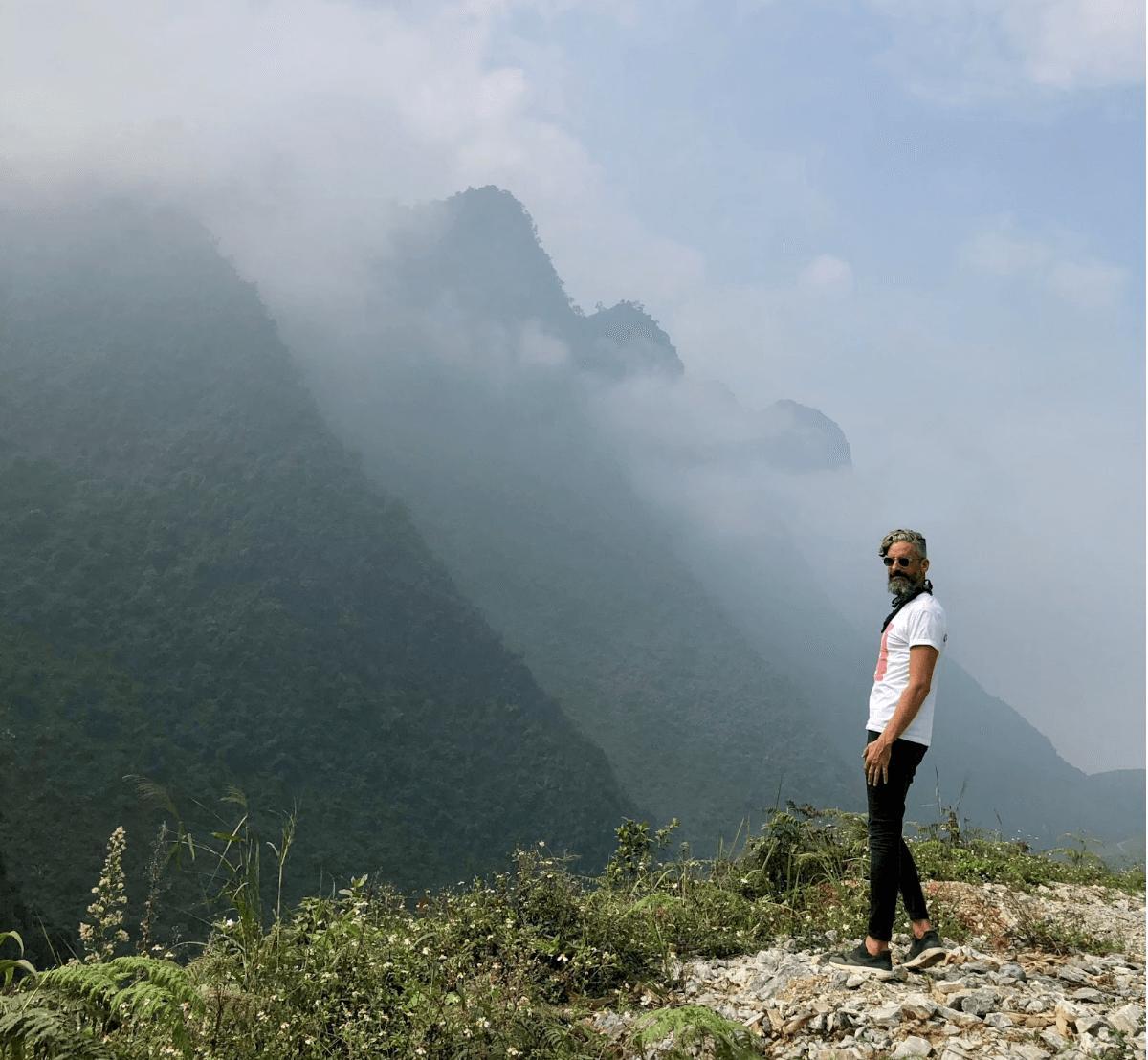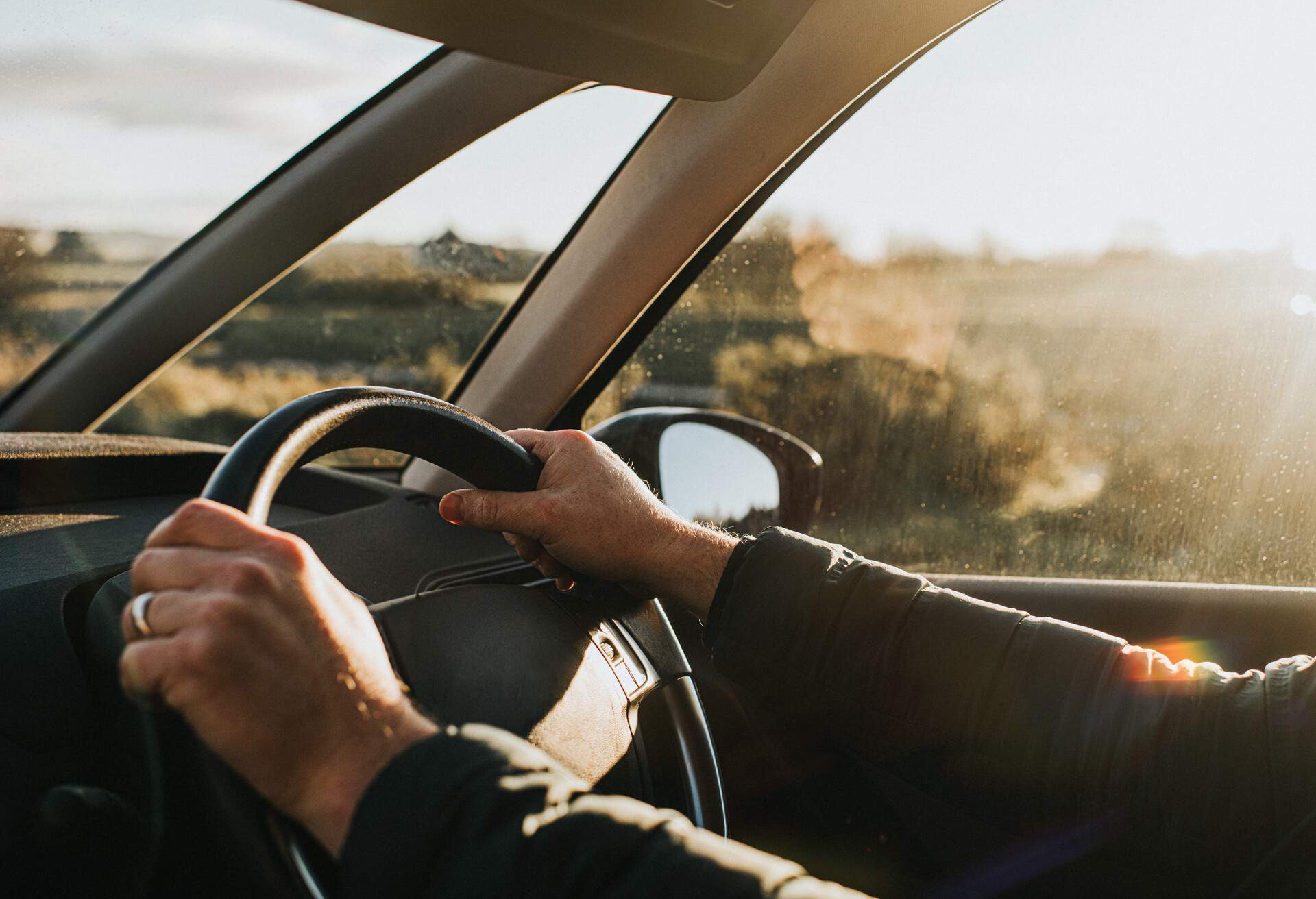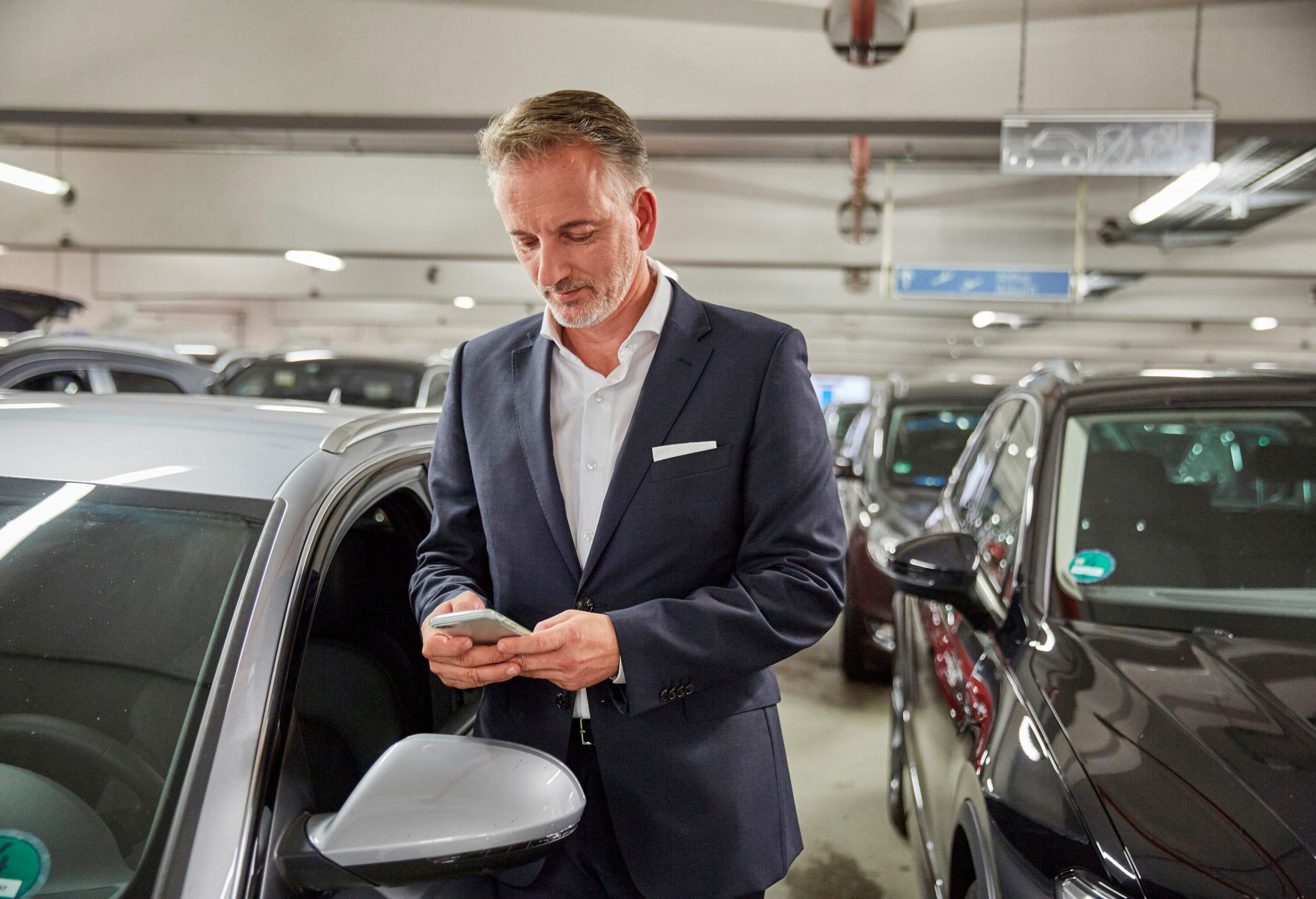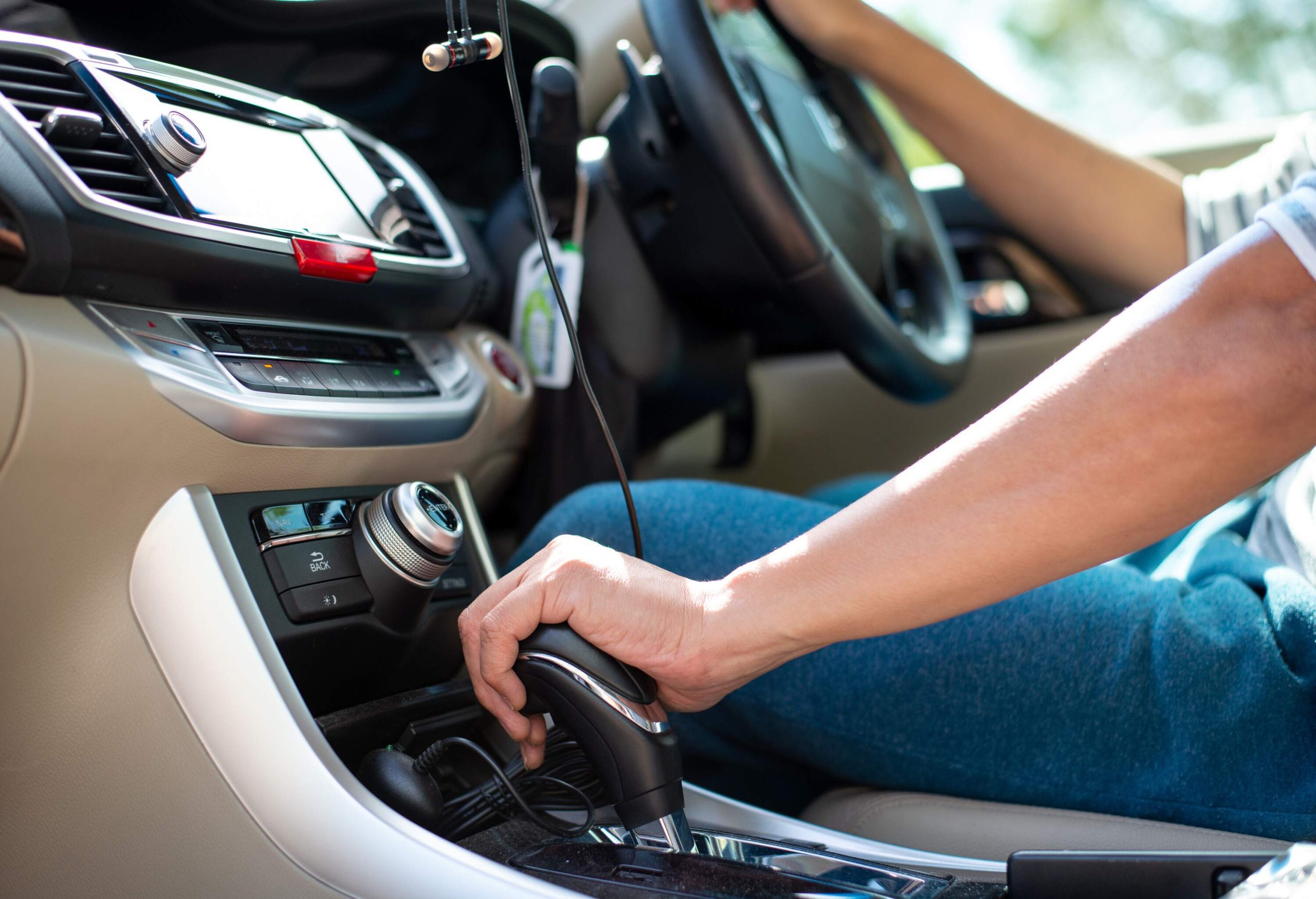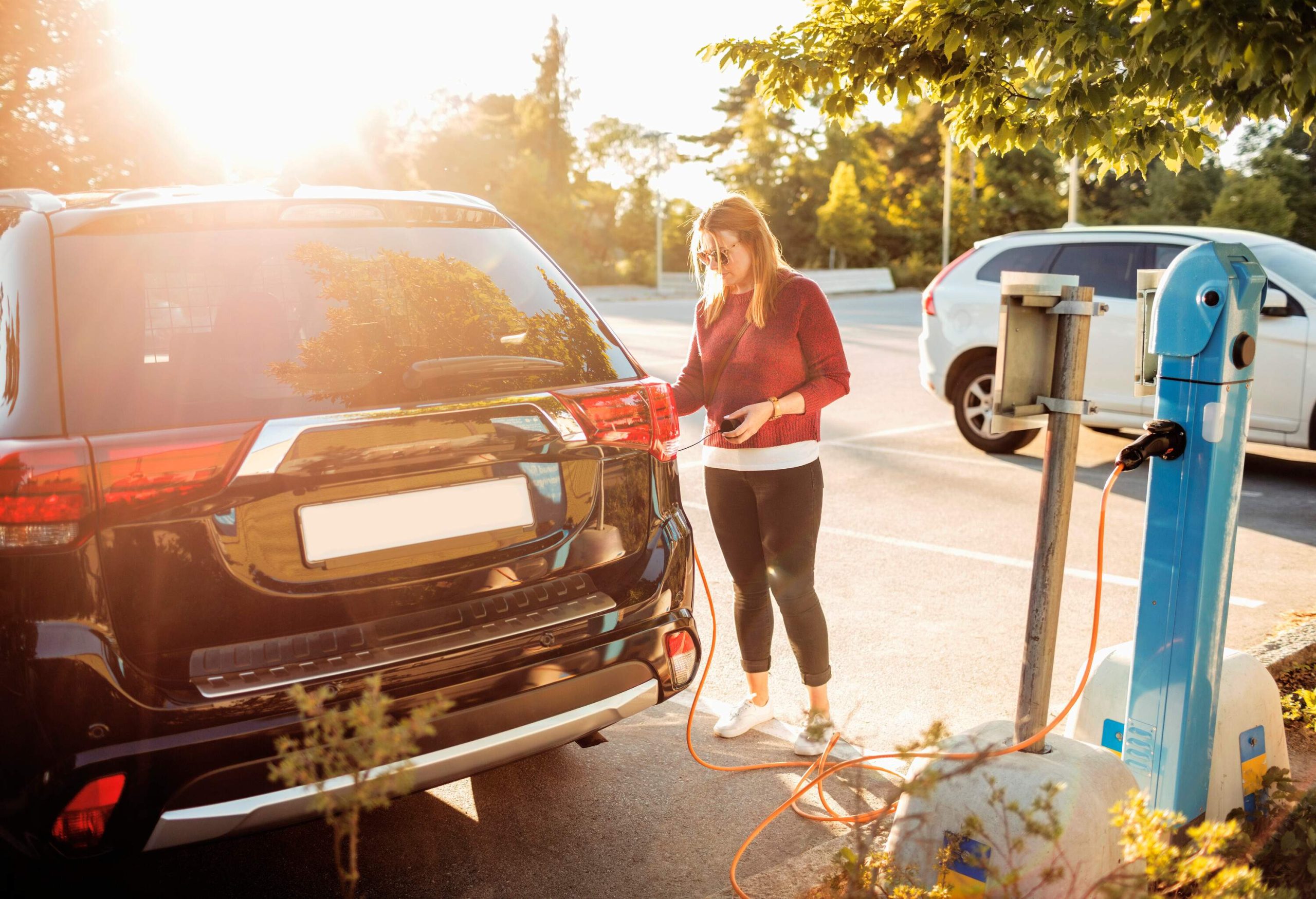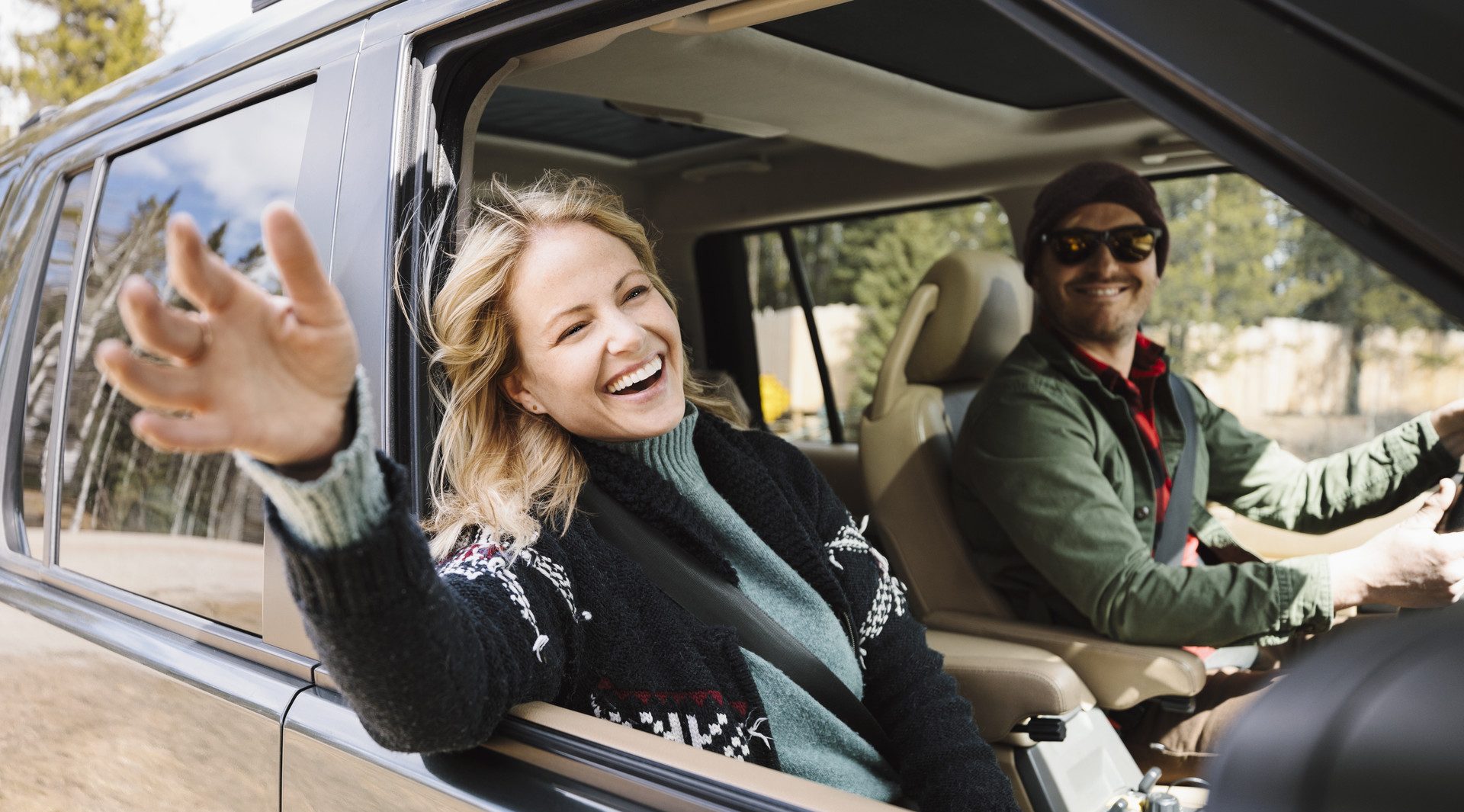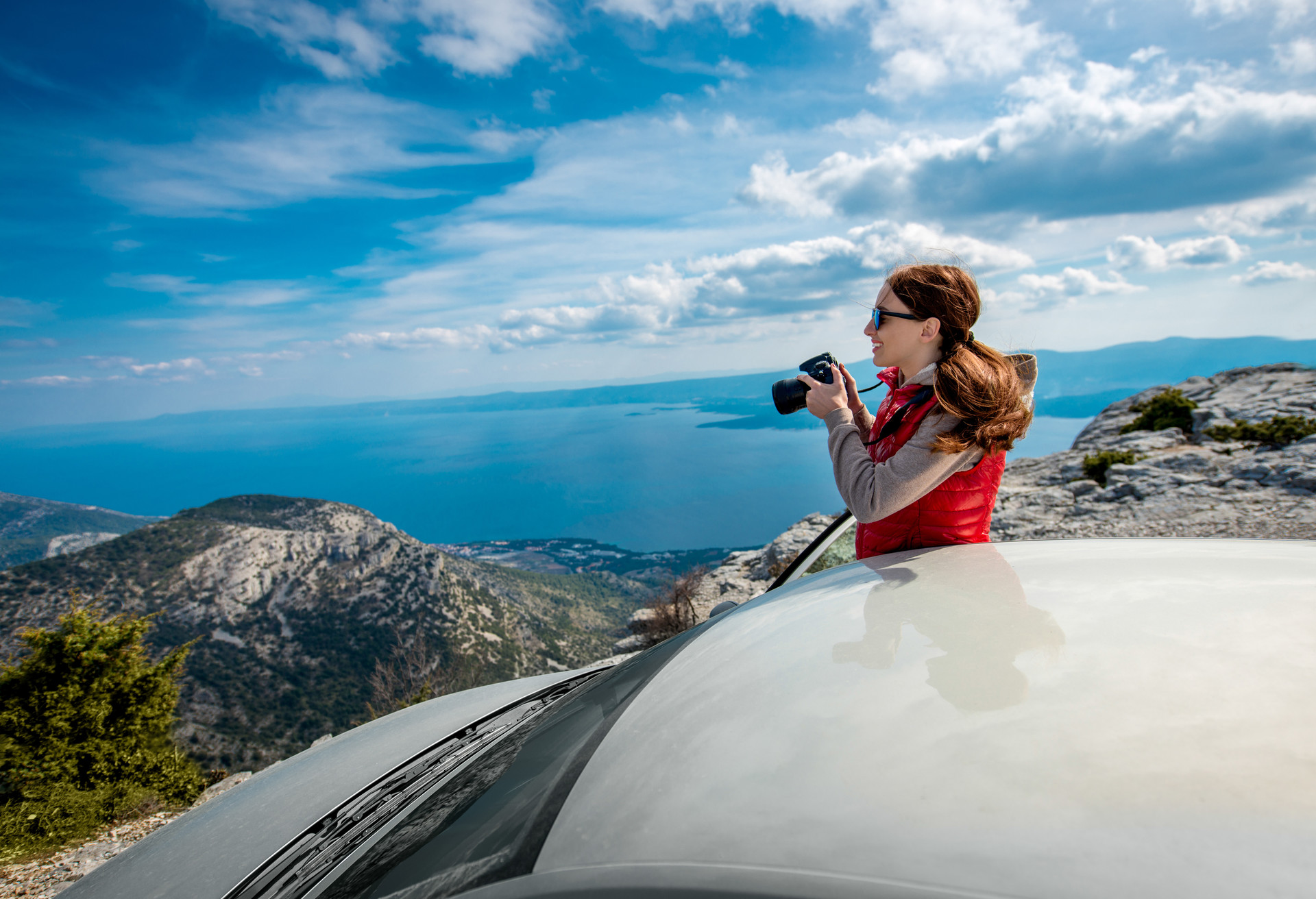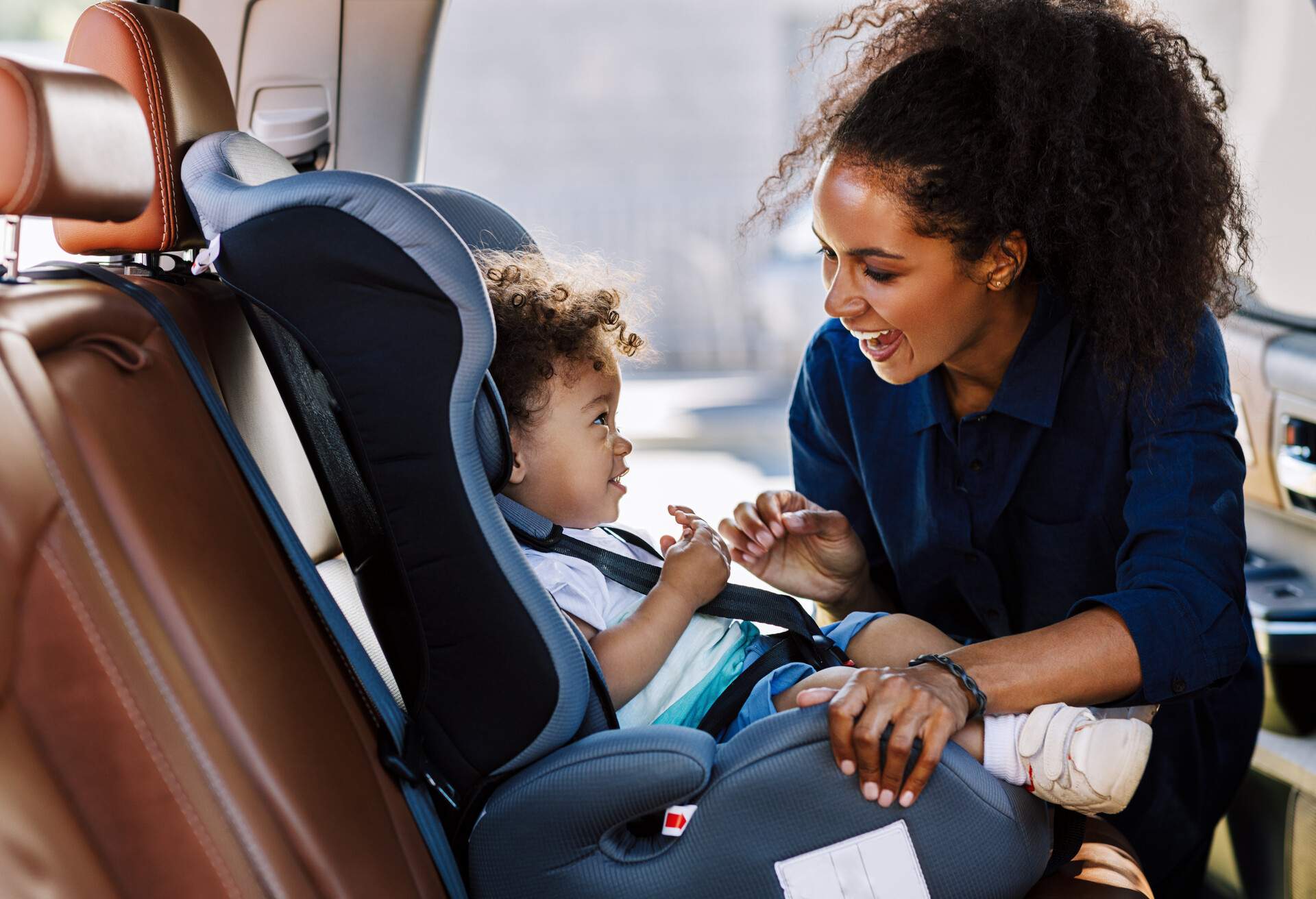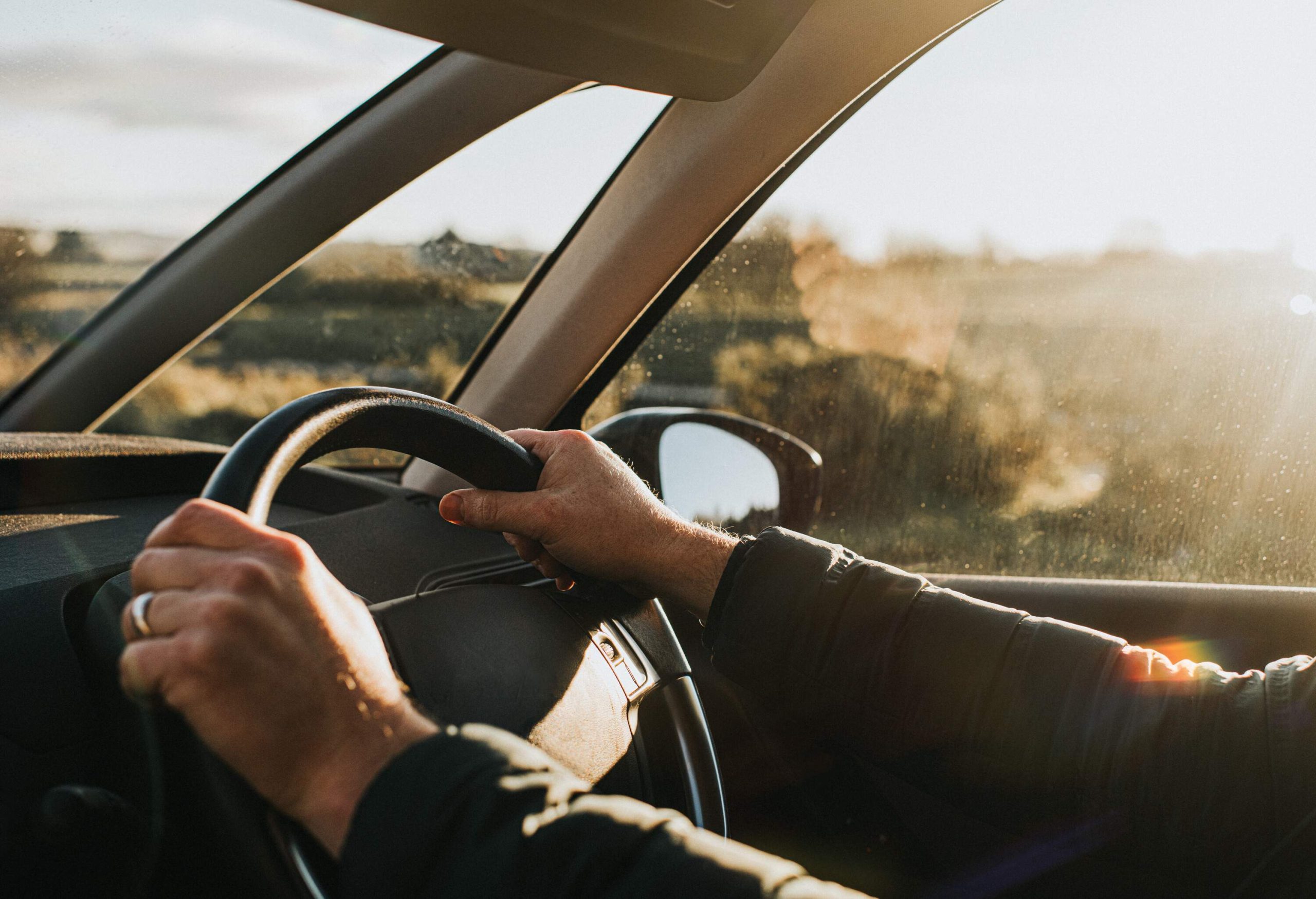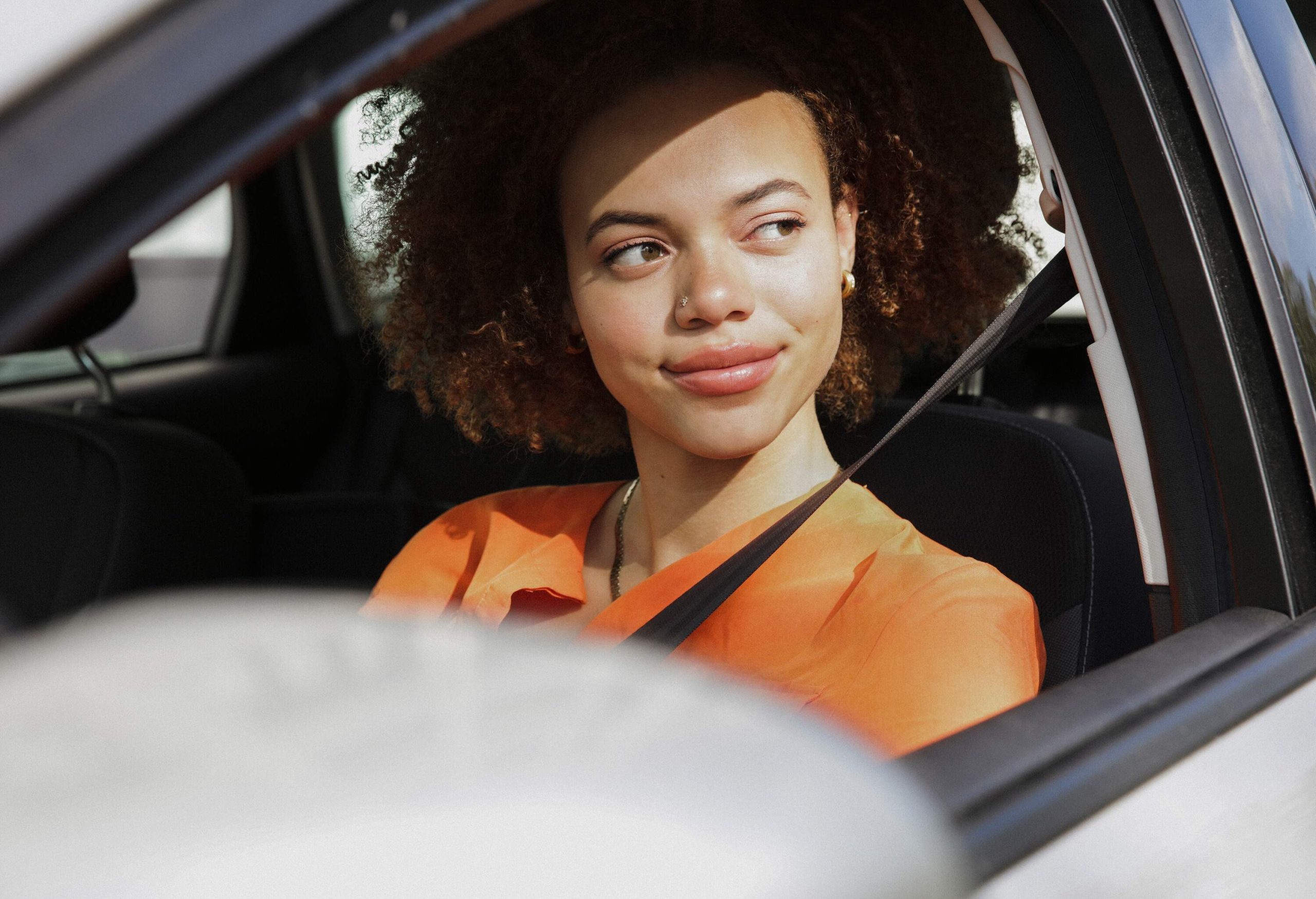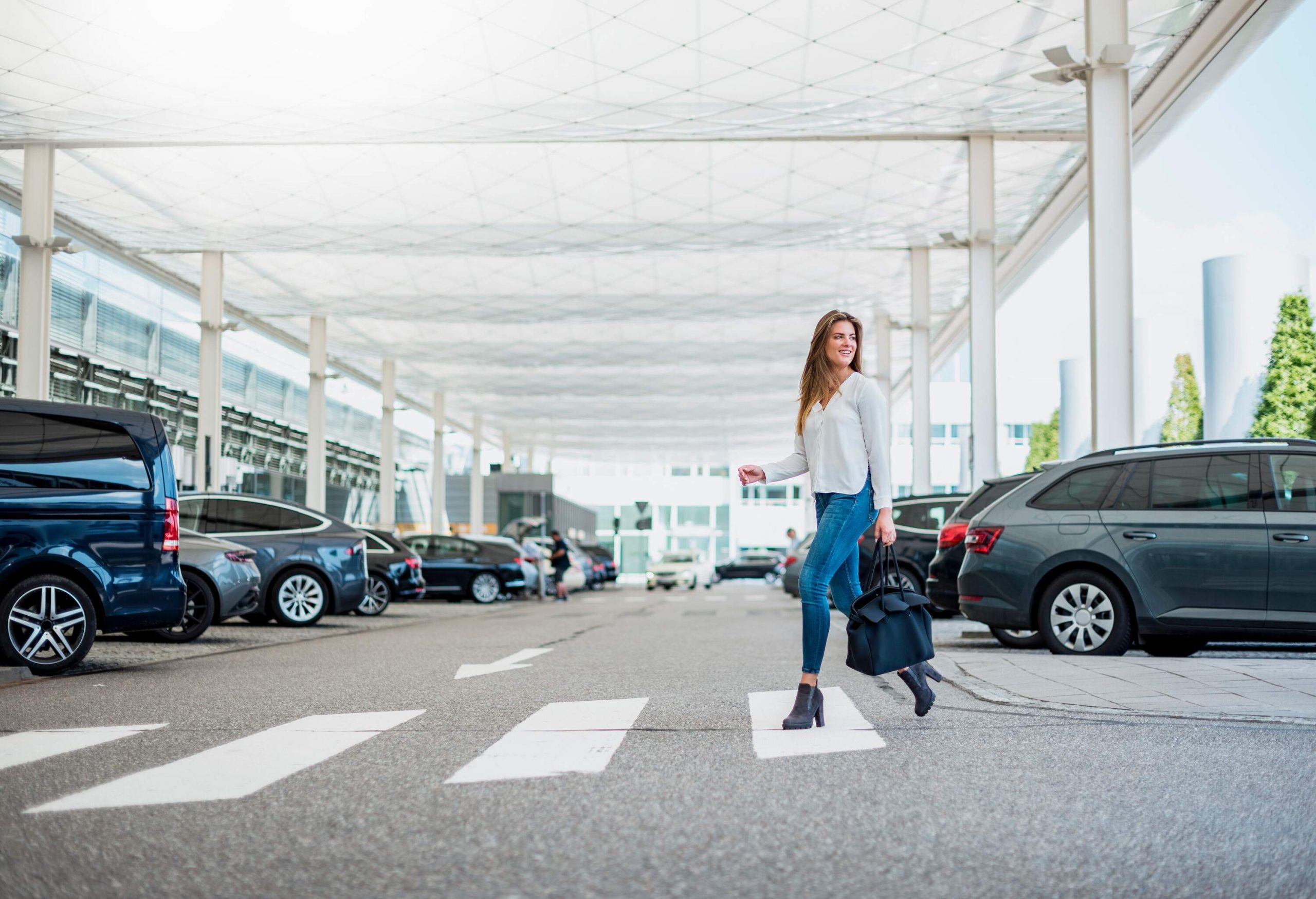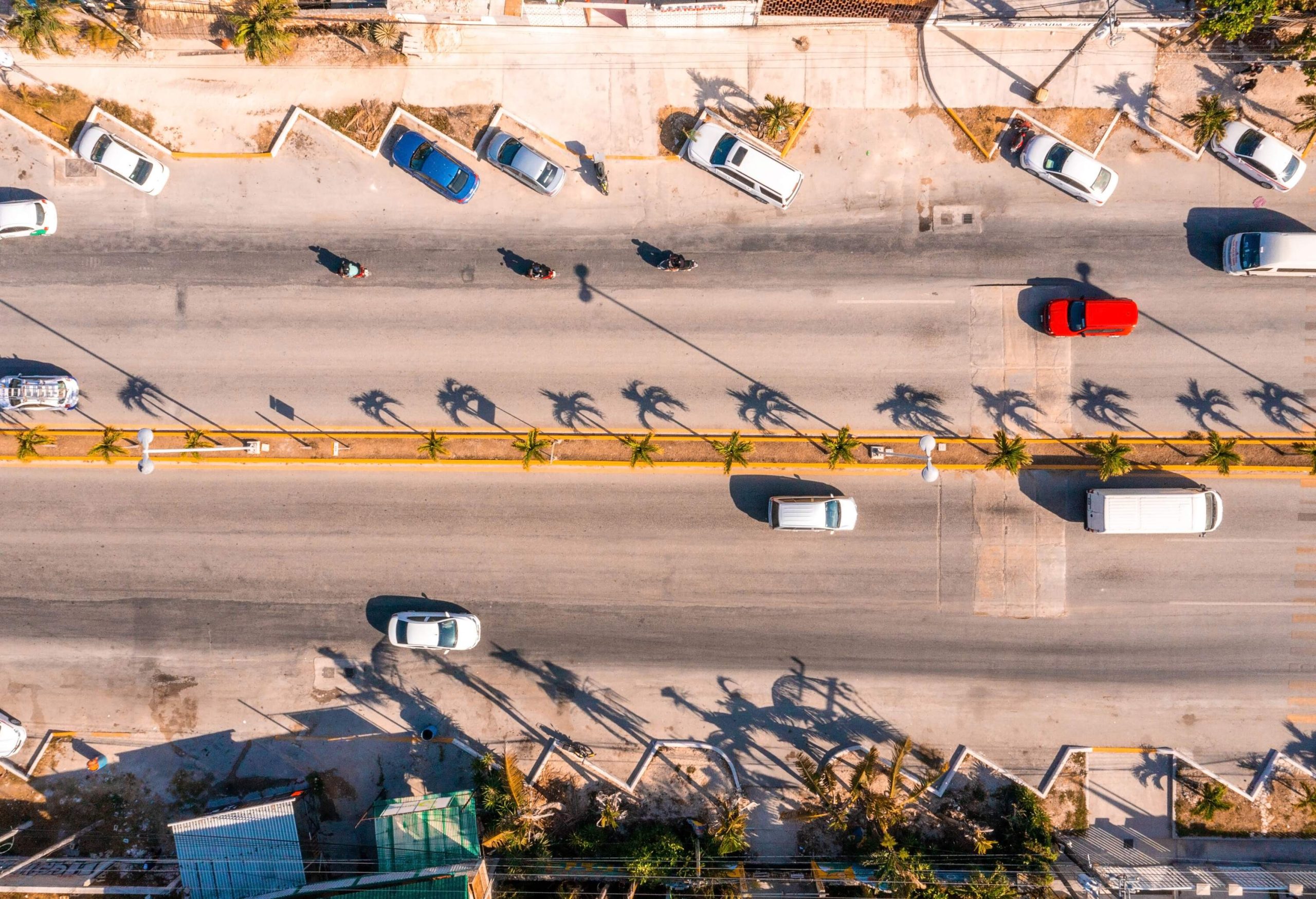If you’re hiring a car, knowing what to do in an accident can save you stress, money and time. It could be a major crash or a minor bump, but if it leaves a mark on your vehicle, you’ll need to follow it up with the car rental company. From what happens if you crash to who pays for damage to the rental car, here’s what you need to know.
What should you do if you have an accident in a hire car?
Step 1
Check on everyone involved in the accident
First and foremost: stop the car in a safe place immediately. Turn on the hazard lights and check that you, your passengers, and everyone involved in the accident is okay. If anyone has been seriously injured, you must call the emergency services right away. (In the UK, that’s 999 and in most of Europe it’s 112. Wherever you’re going, make sure you know it before you travel.)
Check the condition of the vehicle(s). And check if you need to evacuate the area due to dangers like fire, fallen power lines or fast-moving traffic.
Step 2
Take pictures and share contact information
Get the contact and insurance information of any other drivers involved in the accident. Collect the names of any passengers and eyewitnesses. Note the makes and models of all the other vehicles involved as well as their number plates.
Before moving the hire car anywhere, get information about the location of the accident like street names. Take photos of everything to help support any claim you may have to make. This includes the vehicles in the accident, all specific damage and other supporting shots like where it happened. Many insurance companies will ask you to upload photos online when filing a claim.
Step 3
Contact the hire car company
Next, contact the hire car company. You can usually find the phone number on a sticker in the glove box or somewhere else in the vehicle’s interior. Alternatively, you’ll find it on your rental documents or the company’s website. They’ll tell you how to proceed and answer questions regarding insurance.
If you’re using an independent car insurance company, you’ll need to contact them separately to tell them about the accident. Check what your coverage and excess is for your policy. And make sure to ask if they’ll contact the police to file an accident report for you.
Step 4
Sort out who should pay for any claims
How much you must pay will depend on the level of insurance you’ve taken out. Almost all car rentals include Collision Damage Waiver (CDW) for basic accidents, but this won’t include parts like wheels and windscreens. Bear in mind you’ll likely have to pay an excess fee for each claim. If you haven’t taken out a damage protector like a Loss Damage Waiver (LDW), you’ll have to pay your policy’s excess to the hire company whether the accident was your fault or not. Alternatively, you can take out Excess Insurance.
What to check before you drive
Cover yourself against false claims by checking your rental car for damage before you drive. It only takes a minute to take photos and a video of your hire car. Make sure they’re clear and cover all the main areas – including the car’s interior. It never hurts to take a picture of the mileage and fuel gauges too, in case your rental has a mileage cap or like-for-like fuel policy.


Learn More
Conslusion
No one wants to think about having an accident. Sadly, that doesn’t mean it won’t happen. Being prepared is key. Knowing all the things to do will help you avoid a headache when making your insurance claim further down the line.
Most importantly, make sure your insurance is valid and you know the emergency services numbers before you travel.
